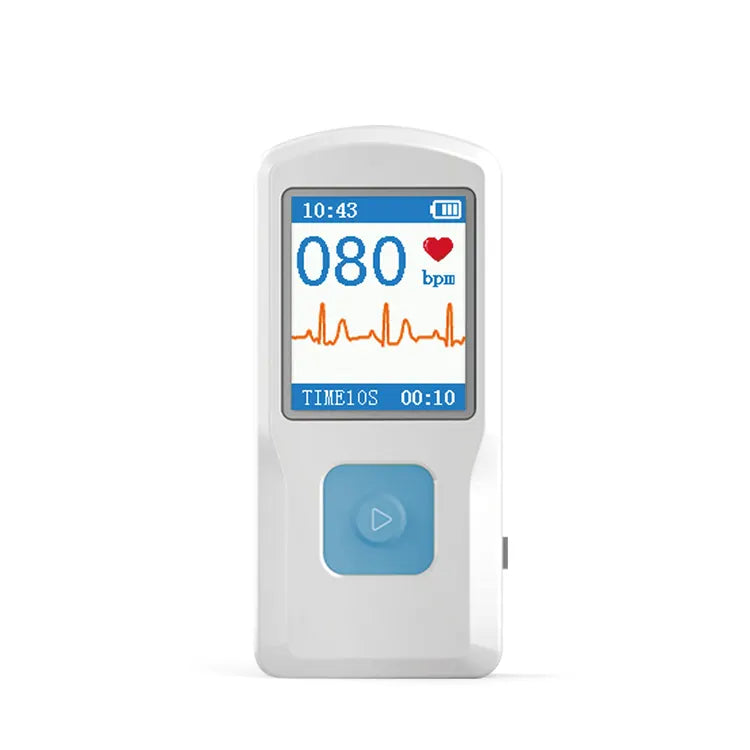Reforma del MDR a fin de año: ¿Qué novedades se avecinan?

Introduction: The MDR Reform-A Critical Turning Point

Since the MDR (Medical Device Regulation) was passed in 2017, its aim was to improve patient safety and transparency. However, the implementation has been met with widespread criticism from manufacturers, notified bodies, and regulatory authorities alike. The European Commission can no longer ignore the following five critical issues:
1. Internal Conflicts:
There is ongoing disagreement between the European Commission, national authorities (e.g., Germany's BfArM, France's ANSM), and notified bodies (independent certification agencies), preventing a broad consensus.
2. Repeated Compliance Delays:
Deadlines for full compliance have been repeatedly postponed, creating uncertainty for companies planning product launches or maintaining market presence. This has severely damaged the Commission's credibility.
3. System and Resource Gaps:
Critical tools such as EUDAMED (European Union Medical Device Database) have been rolled out in phases but are not fully operational. MDCG (Medical Device Coordination Group) guidance is progressing slowly, leaving stakeholders without clear direction.

4. Shortage of Market-Approved Devices:
Due to rising regulatory costs and cumbersome requirements, many manufacturers are scaling back their product lines in the EU or exiting the market entirely. This leaves patients at risk of not having access to essential medical devices.
5. Loss of Innovation Appeal:
The EU is no longer the first choice for launching innovative medical devices. Companies are concerned about long certification times and disproportionate requirements, which limit patient access to cutting-edge technologies. Even minor material changes now often require clinical trials, deterring many companies from proceeding.

Despite the European Commission's short-term fixes, such as expanding the "Well-Established Technology" (WET) list and the phased implementation of EUDAMED, these measures fail to address the root problems. As a result, there is growing demand for substantial revisions to the MDR regulations.
What Does the Revision Aim to Achieve?
The European Commissions goal is not to completely overhaul the MDR/IVDR but to simplify, streamline, and make the rules more cost-effective, while maintaining the high standards of patient safety and public health. The revisions will focus on:
Reducing Administrative Burden:
Streamlining redundant reporting requirements, particularly for SMEs, saving time and resources.

Improving Certification Predictability:
Standardizing the practices of notified bodies to eliminate inconsistencies and speed up the CE marking process.

Aligning Requirements with Risk:
Ensuring that rules match the actual risk of the device. Low and medium-risk devices (e.g., basic syringes, certain diagnostic tests) should not face the same stringent (and costly) checks as high-risk devices (e.g., pacemakers).

Accelerating Digitalization:
Expanding tools like e-IFU and fully integrating EUDAMED to modernize processes and reduce paperwork.
Simplifying Governance:
Simplifying approval, updates, and compliance procedures to reduce delays.
International Cooperation:
Collaborating with global partners to harmonize regulations and reduce barriers for manufacturers operating across multiple markets.

Consistency with Other EU Laws:
Ensuring MDR/IVDR aligns seamlessly with other EU regulations (e.g., cybersecurity, environmental sustainability) to avoid conflicting requirements.
Crucially, the Commission emphasizes that the revision will not change the core goal of MDR/IVDR -patient safety remains the top priority. Rather, it will focus on making compliance easier, allowing manufacturers to meet high standards without sacrificing speed or cost-effectiveness.
How to Participate in the Consultation

The European Commission is currently conducting an online consultation for feedback on the MDR/IVDR revisions. If you would like to submit your opinion or suggestions, visit the link below:
What's Next?

The feedback period ends on October 6, 2025. After that:
- 1. The European Commission will analyze all submissions and combine them with previous consultations (e.g., European Parliament feedback).
- 2. A revised regulatory proposal is expected in Q4 2025, with the draft released shortly thereafter.
Significant changes are anticipated, and the process will likely involve further discussion.
Trends in Collaboration: MDR Revisions and Future Opportunities
As the medical device industry becomes increasingly complex, distributors will face stricter compliance requirements but also new opportunities for collaboration. For distributors, seizing these changes and working closely with manufacturers and regulatory bodies will be crucial for future success.

By establishing international partnerships and enhancing communication with regulatory bodies, distributors can not only navigate the challenges posed by the EU MDR regulation but also expand into new markets and improve their overall competitiveness. Close cooperation on compliance documentation, product registration, and market promotion will enable distributors to gain long-term market opportunities.
RECOMENDAMOS
Artículos relacionados
- Suscríbase a MedInsights
- Suscríbase a MedInsights
- Suscríbase a MedInsights
- Suscríbase a MedInsights
- Suscríbase a MedInsights








